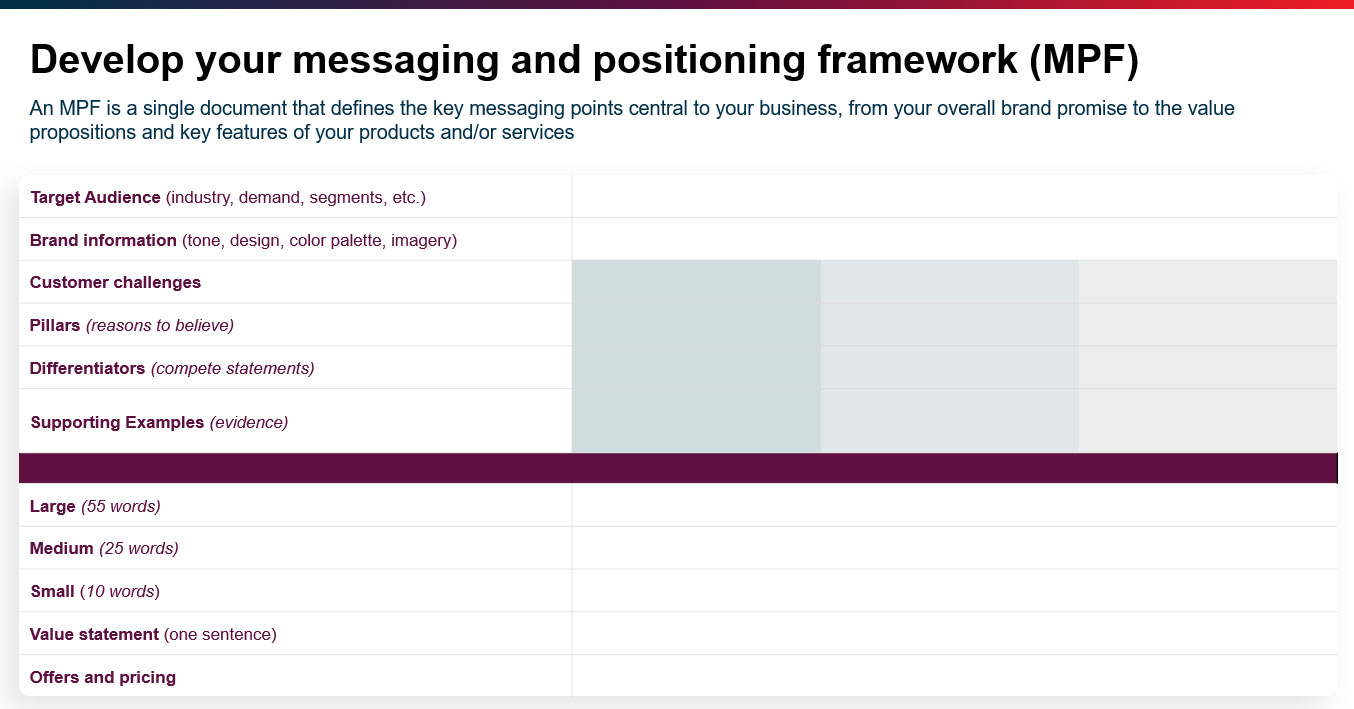In this blog, Mary Lisa Newman, an Associate Director at The Channel Company, outlines key ‘Go-to-Market’ concepts and frameworks recently shared in GTM: Back to Basics, the latest Women of the Channel Marketing Momentum webinar.
Join the Women of the Channel Leadership Network to watch the replay and for more channel strategic insights and leadership development workshops.
Marketing is a dynamic world, and the term ‘Go to Market’ (GTM) can be interpreted in a variety of ways. It's not just about launching a product or blasting campaigns; it's a strategic roadmap designed to help you navigate your specific scenarios. So, let’s delve a bit into the intricacies of crafting a robust GTM strategy, from pinpointing the needs of your audience to tactical execution to seamless customer experiences. Ready?
Define Your Audience: The Foundation of GTM
At the heart of every successful GTM strategy lies a deep understanding of your audience. It's more than demographics; it's about understanding and articulating their pain points, motivations, and purchasing behaviors. Conduct research by asking questions, poking holes in your assumptions about customer pain points, crafting multiple personas, and interviewing customers to lay the groundwork for targeted messaging and effective engagement. Remember, curiosity and exploration pay dividends.
Craft Your Messaging and Positioning Framework
With your audience insights in hand, it's time to draft your messaging and positioning framework (MPF). This living document serves as the compass for your marketing efforts, encapsulating key value propositions, customer challenges, differentiators, and supporting evidence. Whether it's a value statement or pricing details, the MPF ensures alignment across all communication channels.
Here’s an example:

Content Creation Best Practices
Armed with your MPF, you can begin translating your overarching messaging into tangible assets that resonate with your audience. From pitch decks to landing pages, each piece of content should seamlessly align with each stage of your buyer's journey. By adhering to best practices and leveraging customer evidence, you enhance credibility and drive engagement throughout the funnel.
GTM How-Tos: From Research to Execution
The GTM process encompasses four strategic phases:Each phase will demand your attention, from validating market interest to mapping out the buyer's journey. It's a cyclical process of asking questions, refining hypotheses, and iterating for optimal results.
Here is a simple framework for understanding your buyer’s journey: Buyer Journey Mapping
Following Up and Following On: Ensuring Exceptional Customer Experiences
In the rush of execution, customer experience often takes a backseat. However, it's a critical component that can make or break your GTM strategy. By aligning sales engagement, customer support, and project management with the overarching plan, you create a seamless journey that fosters loyalty and drives repeat business.
Navigating the GTM Landscape is a Continuous Journey
Crafting a GTM strategy is akin to embarking on a voyage. It requires detailed planning, a deep understanding of your audience, and a relentless focus on delivering value. Whether you're launching a new product or expanding into a new market, the key lies in constant iteration, rigorous validation, and an unwavering commitment to customer success.
In essence, GTM isn't just about getting to market — it's about getting there strategically, sustainably, and successfully. So, as you embark on your GTM journey, remember to define your audience, craft compelling messaging, and prioritize customer experience at every turn. After all, in the ever-evolving landscape of marketing, the journey is just as important as the destination.